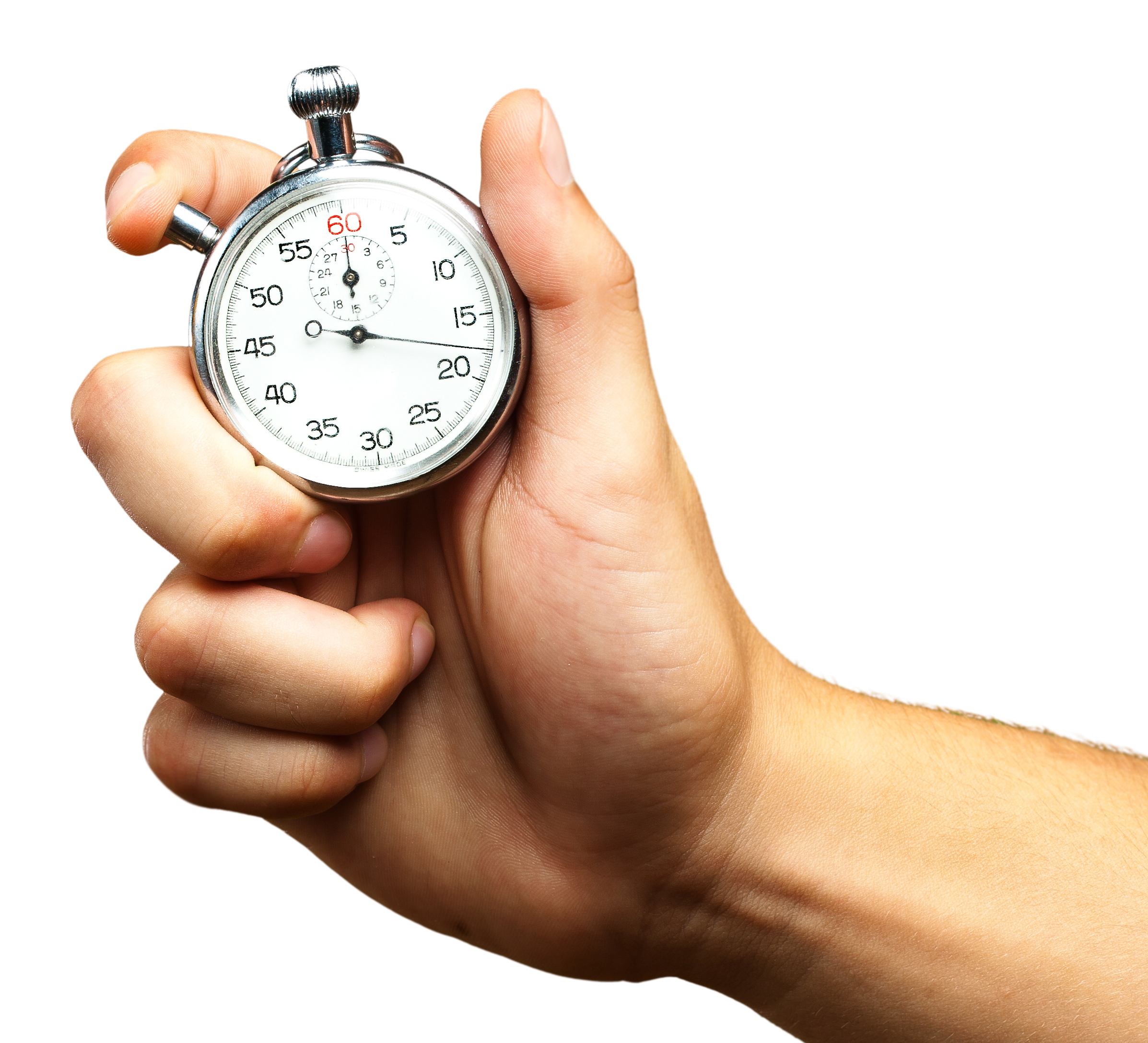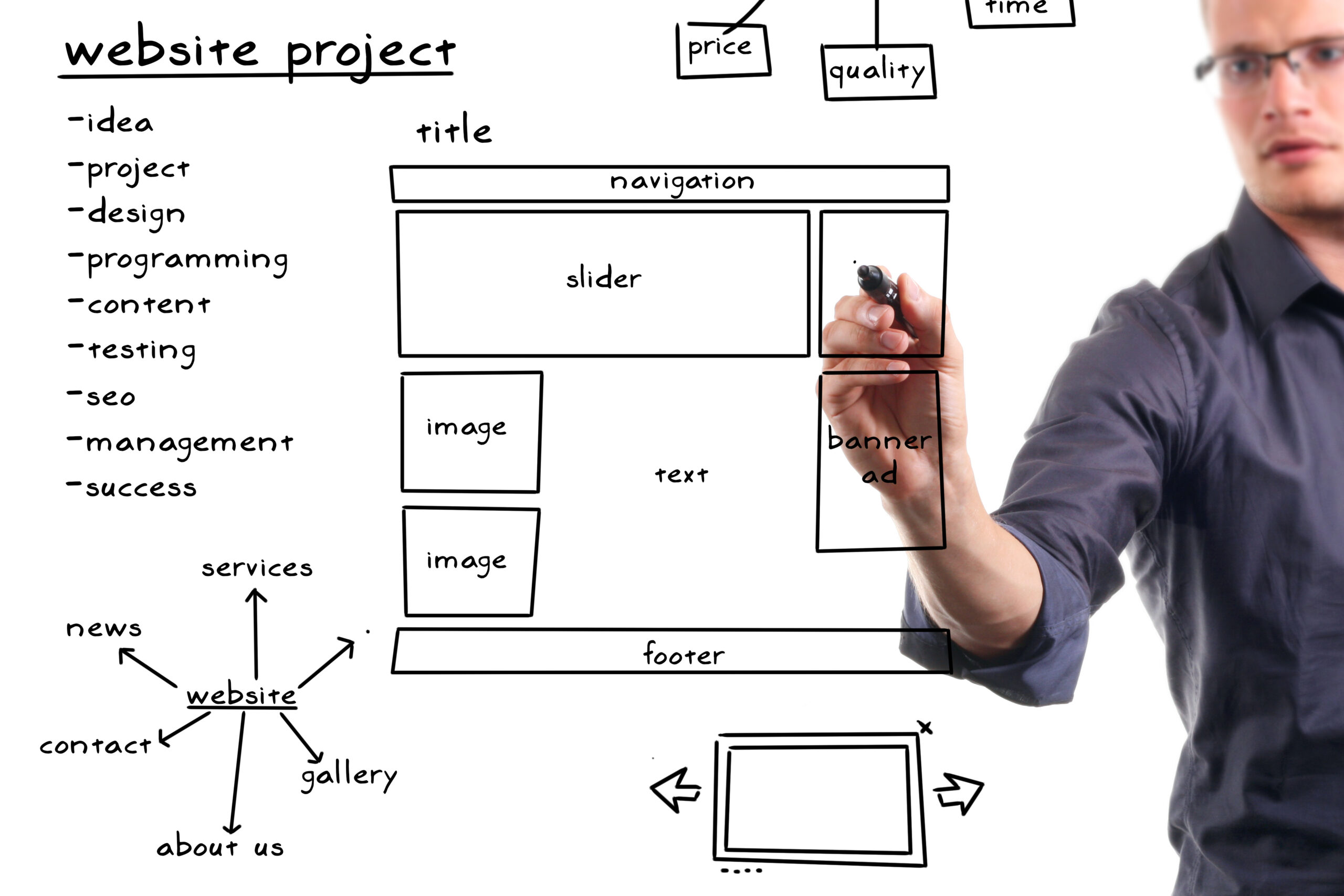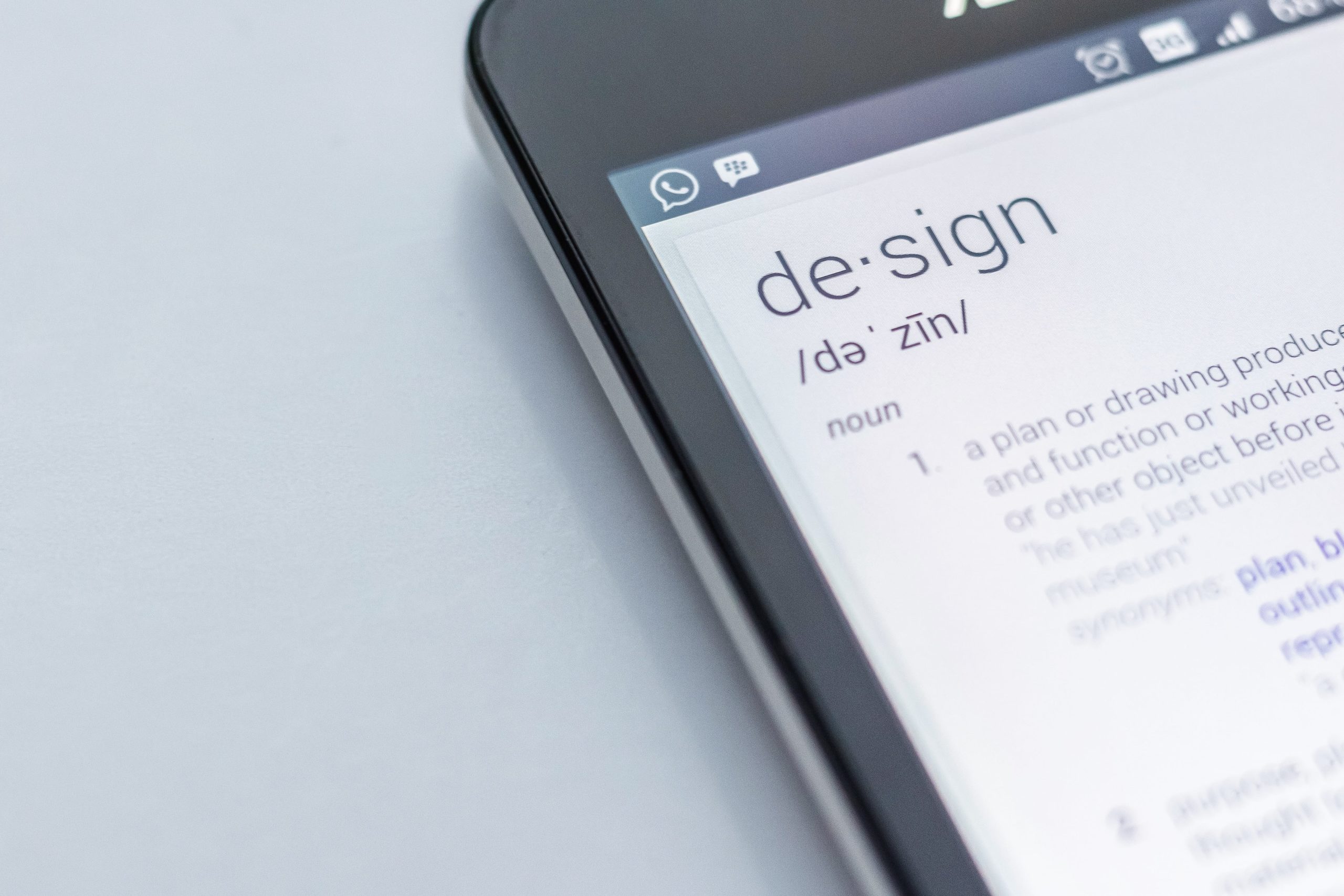In today’s fast-paced digital world, your website is often the first impression a potential customer has of your collision repair shop. Before picking up the phone or visiting your location, people will search online to see if your business is credible, trustworthy and capable of handling their vehicle repairs.
That’s why your collision repair shop website is more than just an online presence — it’s your most powerful marketing tool.
But here’s the problem: many collision repair shops are relying on outdated websites.
An old, slow or poorly designed site can send the wrong message about your business. Customers might assume your shop is behind the times, unprofessional or even closed.
Worse, an outdated website can cause you to lose valuable leads to competitors who have invested in a modern, user-friendly design.
So, how do you know if your website needs an upgrade?
In this article, we’ll walk through the key signs your collision repair shop website might be outdated and what you can do to fix it.
Table of Contents
Why Your Collision Repair Shop Website Matters
Think of your website as the digital front door to your shop. When someone is in an accident and searching for help, they don’t want to waste time — they want quick answers, clear information and reassurance that you can handle the job.
A modern website builds trust and credibility instantly. It shows that your business is professional, reliable and ready to serve customers. On the other hand, if your site is outdated, difficult to navigate or missing crucial details, potential customers may click away and never return.
That’s why it’s essential to regularly evaluate whether your collision repair shop website is working for you — or against you.
7 Signs Your Collision Repair Shop Website Is Outdated

1. Your Website Isn’t Mobile-Friendly
More than half of all web traffic comes from mobile devices. If your collision repair shop website doesn’t adjust seamlessly to smartphones and tablets, you’re frustrating potential customers. A website that requires users to pinch, zoom or scroll awkwardly will drive them away.
Google also prioritizes mobile-friendly websites in search results, so failing to optimize your site can hurt your SEO rankings.
A mobile-friendly website should:
- Adjust automatically to different screen sizes.
- Load quickly on smartphones and tablets.
- Have easy-to-tap buttons and menus for simple navigation.
Fix: Invest in a responsive design that looks great and functions smoothly on any device.

2. Your Website Loads Slowly
In today’s world, speed matters. If your website takes more than three seconds to load, users are likely to leave and try a competitor’s site. Slow websites not only frustrate visitors, but also hurt your search engine rankings.
Common causes of slow websites include:
- Large, unoptimized images.
- Outdated hosting services.
- Excessive plugins or code.
Fix: Optimize images, use modern hosting solutions and minimize unnecessary plugins or scripts. A fast-loading website keeps customers engaged and improves your SEO performance.

3. The Design Looks Dated
Design trends change over time, and a website that looked fresh in 2012 may now appear old-fashioned. Clunky layouts, small text or outdated graphics can make your shop look unprofessional — even if your services are top-notch.
Your design should:
- Use modern fonts and colors that are easy to read.
- Avoid overly busy layouts or flashing elements that distract visitors.
- Showcase your branding consistently, including your shop’s logo, colors and messaging.
Fix: Update your design to be clean, modern and user-friendly. Use high-quality images, readable fonts and plenty of white space to create a professional look.

4. Your Services and Contact Info Are Out of Date
One of the biggest mistakes shops make is failing to update their service pages or contact information.
If a potential customer can’t find accurate hours, phone numbers or service details, they’re unlikely to reach out.
Fix: Regularly review and update your service offerings, contact page and business hours. Display your phone number, address and email prominently at the top or footer of every page. Make it easy for customers to call, email or visit your shop.

5. You Don’t Have Customer Reviews or Testimonials
Trust is everything in the collision repair industry.
If your website doesn’t showcase positive customer experiences or before-and-after photos, you’re missing an opportunity to build credibility.
Fix: Showcase reviews on your homepage, add a testimonials page, integrate Google reviews and highlight success stories. Real customer feedback helps new visitors feel confident about choosing your shop.

6. Your Website Doesn’t Rank in Search Engines
If your collision repair shop website isn’t showing up in search results when someone types “collision repair near me,” that’s a red flag.
A lack of search visibility means you’re missing out on valuable local leads.
Fix: Invest in SEO for collision repair shop websites. That includes optimizing your content with relevant keywords, adding alt text to images, optimizing meta titles and descriptions and creating high-quality content that answers customer questions.

7. You Don’t Have a Blog or Fresh Content
A stale website with no new content tells customers (and search engines) that your business isn’t active.
Blogs are a great way to answer common questions, showcase your expertise and improve SEO.
Fix: Start a blog and update it regularly with helpful content. This can include car maintenance tips, insurance repair advice, case studies, before-and-after examples or updates about your shop. Unique, engaging content not only improves SEO, but also builds trust with potential customers.
The Risks of Keeping an Outdated Collision Repair Shop Website
An outdated website doesn’t just look bad — it can actively hurt your business in several ways:
- Lost Customers: Visitors may leave your website if it’s slow, confusing or unprofessional.
- Lower SEO Rankings: Google rewards websites that are fast, mobile-friendly and updated regularly.
- Damaged Reputation: A poor website can give the impression that your shop is careless or behind the times.
- Fewer Leads: Without features like lead forms, click-to-call buttons or updated service pages, you’re missing chances to convert visitors into customers.
Your competitors are only a click away, and if their websites are more modern and engaging, they’re going to win those customers.
How to Modernize Your Collision Repair Shop Website
If you’ve recognized some of these signs on your own collision repair shop website, don’t panic. With the right updates, you can transform your site into a powerful business tool.
Here are some steps to get started:
1. Redesign with Your Customers in Mind
Focus on a clean, professional layout that’s easy to navigate. Prioritize user experience so customers can quickly find what they need.
2. Invest in SEO Services
A well-designed website is useless if nobody can find it. Implementing collision repair shop SEO strategies will help you rank higher in search results and attract more local traffic.
3. Update Your Content Regularly
Keep your service pages accurate, maintain a blog and add fresh images. The more relevant content you provide, the more value you offer customers (and search engines).
4. Highlight Trust Factors
Showcase testimonials, certifications and before-and-after photos to build credibility.
5. Make It Mobile-Friendly and Fast
Use a responsive design and make sure your website loads in under three seconds. These improvements boost both customer satisfaction and SEO performance.
When to Redesign Your Website
How often should you update your collision repair shop website?
While there’s no one-size-fits-all answer, most experts recommend a redesign every 3 to 5 years. That ensures your website stays:
- Modern
- Secure
- Competitive
If you’ve recently rebranded, expanded services or noticed a drop in leads, it may be time to update sooner.

Your Website Is an Investment, Not an Expense
It’s easy to see your website as just another business cost, but in reality, it’s one of the best investments you can make. A modern, optimized website works 24/7 to attract customers, answer questions and generate leads. Unlike traditional advertising, your website reaches people at the exact moment they’re searching for collision repair services.
Next Steps
If your collision repair shop website shows signs of being outdated, don’t wait until you’ve lost customers to make changes. The sooner you modernize your website, the sooner you’ll start reaping the benefits of increased visibility, trust and customer leads.
A professional, optimized website is no longer optional — it’s a necessity in today’s competitive auto repair industry.
Moving Forward with Confidence
Your collision repair shop deserves a website that reflects the quality and professionalism of your services. By identifying the signs of an outdated website and making the right improvements, you’ll put your business in the best position to succeed.
Remember: your website isn’t just about looking good. It’s about attracting customers, building trust and generating revenue. Make sure your collision repair shop website is working as hard as you do.

Contact our team today to get started on a professional, modern website built to attract more customers and grow your shop.